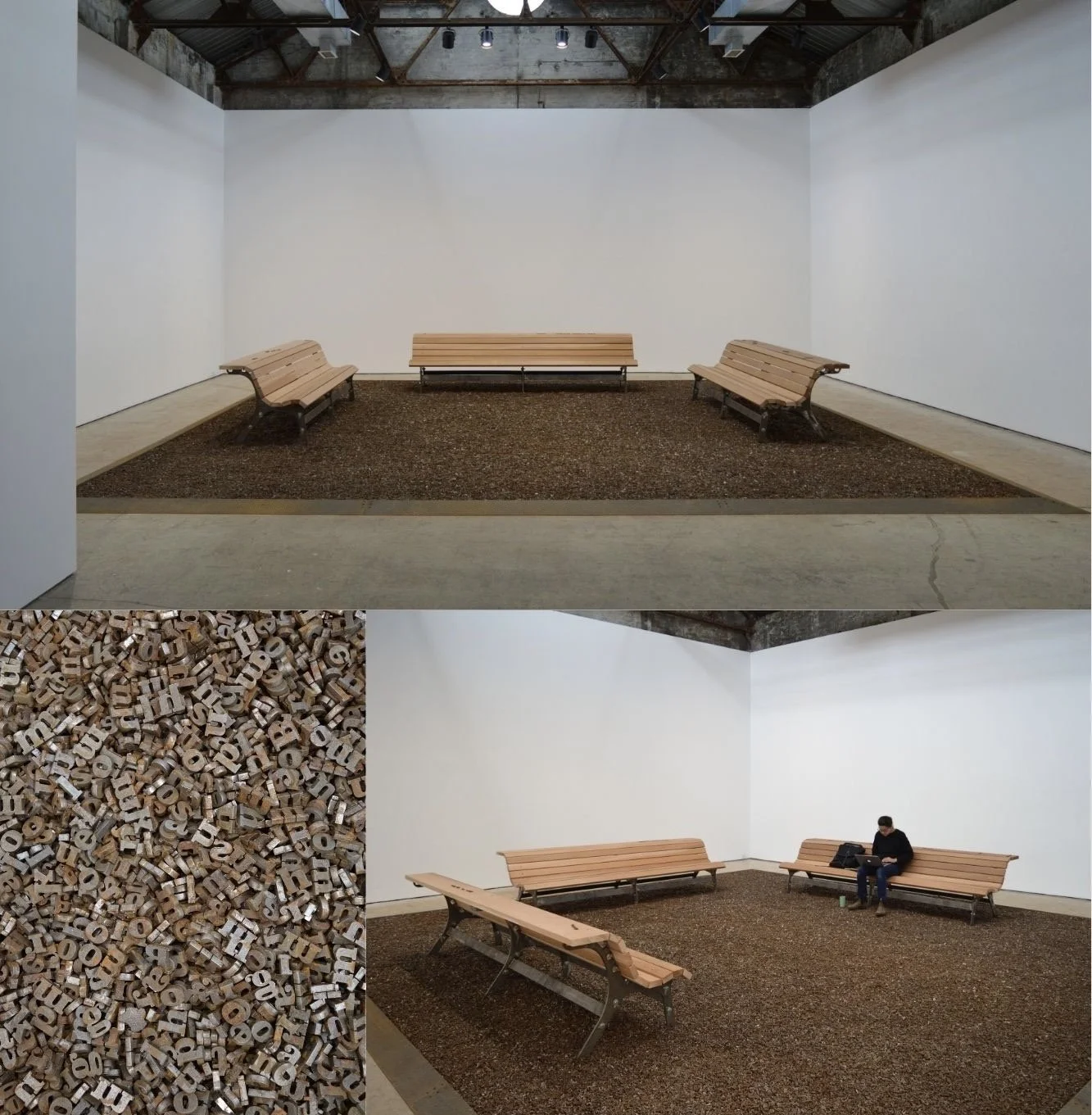Since 2004, Hallie Siegel and I have worked together under a shared practice we loosely refer to as History Machines. Our collaboration began in conversation, exploring the overlap between art theory and communication theory. From the outset, we were drawn to the borders of our respective disciplines—sculpture and material arts on one side, media and digital arts on the other. What bound us was a common language of theory; what distinguished us was the diversity of our tools and methods.
History Machines emerged from these dialogues as a framework for making work that investigates the mechanisms through which knowledge is constructed, transmitted, and transformed. The “machines” in our title are not always mechanical in a literal sense, but rather figurative—objects and installations that probe the structures and systems shaping cultural memory.
Our process remains conversational and iterative. Works are uncovered rather than designed, growing from shared inquiry into the ways history and meaning are organized, and how the past continually reconfigures the future.

Impressions (2005-2018) is an installation consisting of two opposing walls, each with a single column of text in which the two sides of an argument are deconstructed and intertwined into a mirrored set of low and high relief text. Each wall is a mould of the other, and the dialectic becomes decipherable only by considering both sides together. With text adapted from Plato’s Pheadrus

Landscape (2012) is an installation consisting of many words suspended in space such that when a viewer stands at the ideal vantage point, they perceive a perfectly justified block of text on the gallery wall. With text adapted from John Steinbeck’s The Grapes of Wrath .

Rustgarden (2018) consists of 707,349 steel letters representing every single character from Hugh MacLennan’s 1945 novel Two Solitudes, a CanLit classic hailed as the first novel to explore the dual Canadian identity. Designed to be walked on, touched and rearranged, the artwork asks us to reinterpret Two Solitudes in a contemporary context that is at once personal and political: to redefine for ourselves what it means to be Canadian today.

Listen (2023) is a site-specific installation that first appears as a jumble of upside-down words rising from the Museum’s infinity pool. Those who search for the right vantage point will see the words align, revealing a hidden phrase reflected in the water. The work draws from a line attributed to Rumi: “There is a voice that does not use words. Listen.” It invites viewers to pause, shift perspective, and discover meaning that emerges only through stillness and attention.